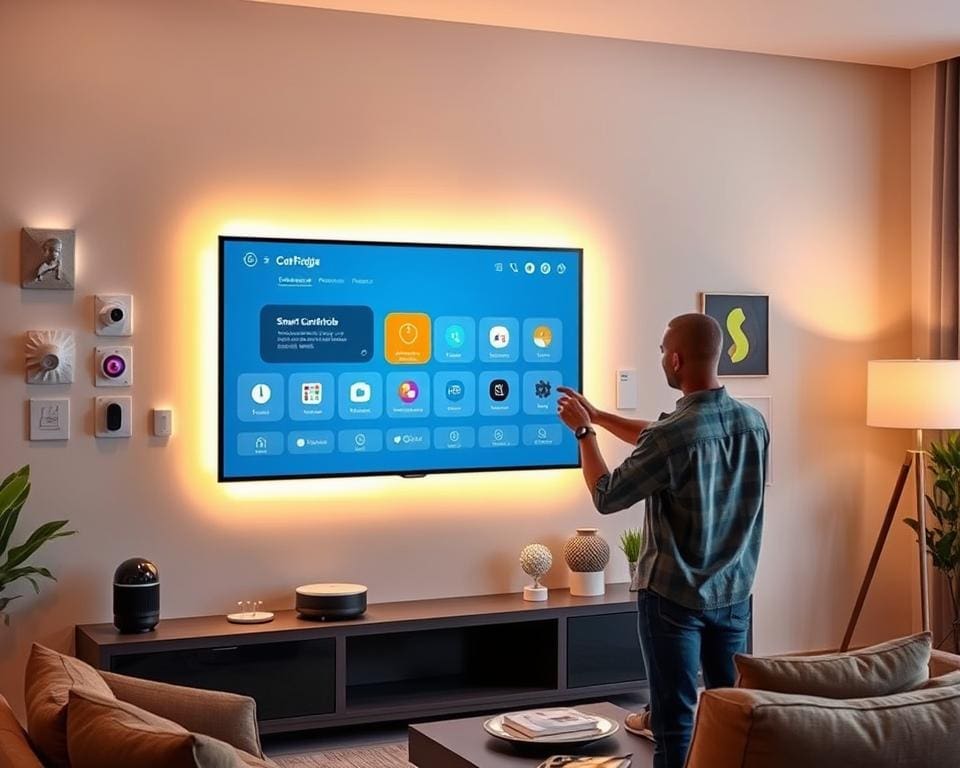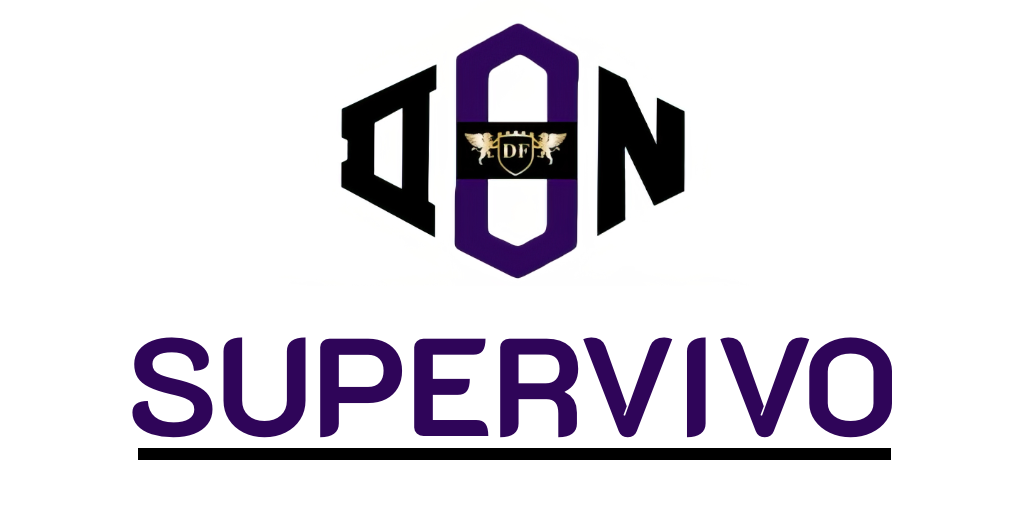In the rapidly evolving landscape of home automation, smart displays have emerged as essential tools for managing your smart home easily. These sophisticated devices serve as central hubs, merging the traditional functionalities of a display with cutting-edge voice control capabilities. With the global smart home market projected to reach an astounding $174 billion by 2025, per Statista, the relevance of smart displays is more pronounced than ever. Leading brands such as Google, Amazon, and Lenovo are pioneering innovations that transform the way we interact with our environments, ultimately enhancing our daily lives.
The Importance of Smart Displays in Home Automation
Smart displays have become essential components in modern home automation systems. These versatile devices provide intuitive interfaces for managing a plethora of smart gadgets. Users can easily control lighting, security cameras, and thermostats, integrating their smart technology with just a few taps or voice commands.
What are Smart Displays?
Smart displays are multifunctional devices that combine touchscreens with voice assistance, serving as central hubs for home automation. They offer visual feedback on various tasks, allowing users to monitor and adjust their smart home settings effortlessly. With brands like Google Nest and Amazon Echo Show leading the way, the features of smart displays cater to diverse user needs.
Benefits of Integrating Smart Displays
The benefits of integrating smart displays into home automation systems are remarkable. These devices simplify the automation process, making control accessible to all family members. With the ability to provide real-time information and updates, smart displays enhance user decision-making. They promote energy efficiency and increase security, showing how effective management can lead to both convenience and cost savings.
How Smart Displays Enhance Home Management
Smart displays greatly enhance home management by centralising control of various devices. With the touch of a finger or a verbal command, users can coordinate multiple systems, from adjusting climate settings to monitoring security feeds. This central hub design is instrumental in creating a seamless experience, bridging the gap between technology and daily life.

Smart Displays: Managing Your Smart Home Easily
Smart displays serve as the hub of modern home management, offering intuitive ways to control various aspects of smart technology. With accessible user interface and advanced design features, these devices maximise convenience for all household members. Understanding the elements like connectivity and voice control enhances the experience of managing your smart home.
User Interface and Design Features
The user interface of smart displays is designed with simplicity in mind. Touchscreens allow for effortless navigation, while bright and clear graphics make finding options easy. Whether managing lighting, security, or temperature, an intuitive layout ensures a seamless operation tailored to each user’s needs. Key design features often include personalisation options, ensuring the display can adapt to individual preferences.
Connectivity and Compatibility with Smart Devices
Smart displays boast an impressive array of connectivity options. Compatibility with devices like smart thermostats, lights, and security systems enables central control of your smart home ecosystem. Popular models, such as the Google Nest Hub, support a variety of protocols, including Wi-Fi, Zigbee, and Bluetooth, making integration straightforward. This versatility allows users to maximise the effectiveness of their smart technology.
Voice Control Capabilities of Smart Displays
Voice control capabilities have transformed how users interact with their smart home devices. Through digital assistants like Google Assistant and Alexa, managing settings hands-free becomes a reality. Users can issue commands and receive updates through voice, adding an extra layer of convenience. This advanced functionality perfectly suits the fast-paced lifestyle of today’s households, allowing for effortless home management.
Setting Up Your Smart Home with Smart Displays
Creating an optimal smart home setup requires a deliberate approach to integration and automation. Smart displays serve as a central hub, facilitating the connection of various top smart devices and enhancing the overall home automation experience. This guide will provide the necessary steps and highlight key devices that can elevate your setup.
Step-by-Step Smart Home Setup
Begin by selecting a suitable smart display tailored to your needs. Next, identify the devices you wish to incorporate, ensuring they are compatible with your chosen display. Establishing your smart home involves:
- Choosing your smart display, such as the Google Nest Hub or Amazon Echo Show.
- Connecting compatible devices, like smart lights and thermostats.
- Creating automation routines, which allow various devices to operate in tandem.
Top Smart Devices Compatible with Smart Displays
Numerous devices can seamlessly integrate with smart displays. Consider the following top smart devices to enhance functionality:
- Philips Hue lighting for adjustable ambience.
- Nest thermostats that promote energy efficiency.
- Ring security cameras for enhanced home security.
Maximising Your Home Automation Experience
To truly maximise your home automation experience, delve into custom routines tailored to your lifestyle. Utilising voice commands allows for hands-free operation, while smartphone apps offer the flexibility of remote control. Take advantage of these options to create a responsive environment that aligns with your unique needs.
The Role of Digital Assistants in Home Management
Digital assistants are transforming the landscape of home management, enhancing the way we interact with our environments. These virtual helpers bring efficiency and convenience to our daily routines through smart displays integration. With the ability to process voice commands, they create an intuitive interface for managing a myriad of smart devices effortlessly.
Popular Digital Assistants Available
Among the most popular digital assistants today are:
- Amazon Alexa – Known for its wide range of compatible smart home devices and routines.
- Google Assistant – Excelling in information retrieval and integration with Google services.
- Apple Siri – Renowned for its seamless interaction with Apple products and services.
How Digital Assistants Integrate with Smart Displays
The integration of digital assistants with smart displays revolutionises home management. Users can issue voice commands while receiving visual feedback on the display, creating a more interactive experience. For instance, when asking for the weather forecast, a user can see the current temperature and forecasted conditions. This combination not only enhances communication but also streamlines various tasks, from adjusting lighting to controlling smart appliances.
Future Trends in Smart Technology and Smart Displays
As we gaze into the horizon of home automation, the future trends in smart technology and smart displays promise a revolution in how we interact with our living spaces. Analysts predict that advancements in artificial intelligence and machine learning will unlock devices that not only respond to commands but also anticipate our needs by learning user preferences over time. This shift towards more intuitive technology signifies a leap forward in creating seamless interactions within our smart homes.
Moreover, developments in home security technologies will usher in enhanced safety features, while smarter energy management systems will enable homeowners to optimise resource consumption effortlessly. The push towards interoperability among various devices suggests that upcoming smart displays will serve as crucial hubs, integrating disparate systems into a coherent network, enabling users to manage their environments with ease and precision.
The trend towards greater home automation, coupled with increasing integration into IoT environments, indicates that smart displays will become even more central elements in the tapestry of modern living. As smart technology continues to evolve, the way we manage our homes will become not just more accessible but also profoundly intelligent, transforming our day-to-day experiences and enhancing our quality of life.









